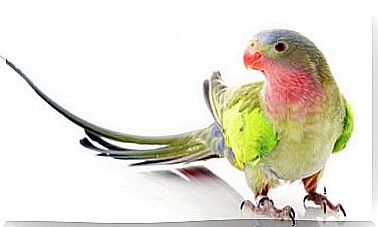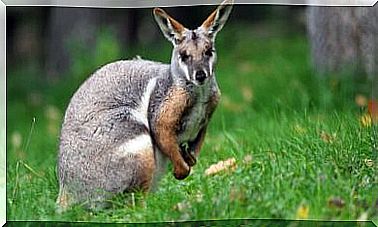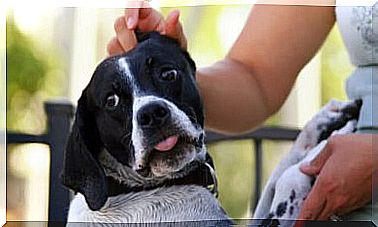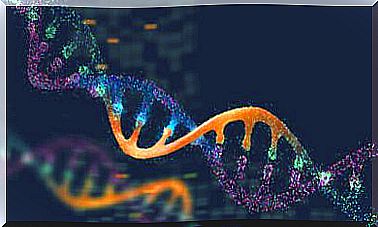Cushing’s Disease In Dogs: Detection And Management
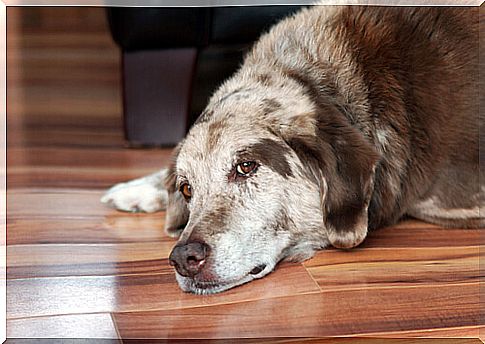
Cushing or hyperadrenocorticism is a hormonal disease produced by a continuous increase in the hormone cortisol. Dogs, cats and horses, like humans, can get it, but it is more common in dogs than in cats and horses. If your dog has been diagnosed with Cushing, and you want to know more about the disease, in My Animals we offer you information on its detection and management.
Why is Cushing produced?
The adrenal glands are located above the kidney and are shaped like a coma. They are responsible for producing and secreting different hormones, including cortisol. Its secretion is regulated by another hormone, called corticotropin (ACTH) and produced in the pituitary, and this in turn is produced by the corticotropin-releasing hormone (CRH) that is synthesized in the hypothalamus.
Cortisol adapts the body to stressful situations, prepares us for ‘fight or flight’ situations. It has many effects, including the metabolism of glucose, protein, and fat for energy. It also increases blood pressure and regulates the body’s water balance. The problem appears when the effects of cortisol are constantly maintained in the body.
Cushing appears as a consequence of persistently elevated cortisol levels. There are several main causes of this increase in blood cortisol:
- Pituitary hyperadrenocorticism, caused by a tumor in the pituitary that causes it to secrete an increase in ACTH and, consequently, cortisol. It is the most frequent cause, between 80 and 90% of cases.
- Adrenal hyperadrenocorticism, caused by a tumor in the adrenal gland that produces excess cortisol. It is less frequent, around 10 to 20% of clinical cases.
- Iatrogenic hyperadrenocorticism, in dogs treated for a long time with corticosteroids. It is quite common in older dogs.
What are the symptoms of Cushing in dogs?
There are many symptoms associated with this disease. We can find:
- Polyuria – polydipsia: the dog drinks and urinates much more frequently than normal.
- Polyphagia: great increase in appetite.
- Hair loss
- Soft spot.
- Distension of the abdomen.
- Generalized hyperpigmentation.
- Atrophy of the dermis and decrease of the subcutaneous tissue.
- Calcium deposits in the dermis (head, back or belly).
How is Cushing detected?
In addition to the clinical signs, Cushing in dogs is diagnosed through a series of tests at the veterinarian. Blood tests can guide the diagnosis, but this is only confirmed by the stimulation test or cortisol suppression.
In the stimulation test, blood is drawn and cortisol is measured, ACTH is injected, and an hour later blood is drawn again to measure cortisol. The suppression test is similar, but in this case a synthetic hormone that mimics cortisol is injected. This last type allows us to check whether the hyperadrenocorticism is pituitary or adrenal.
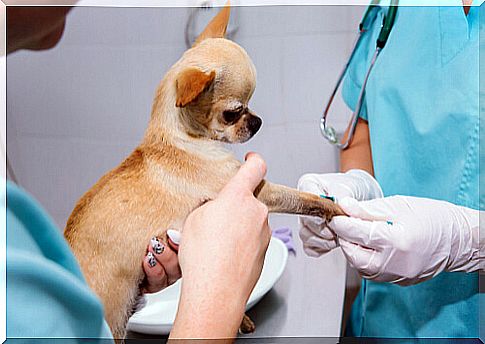
Other tests that help the diagnosis are the ultrasound of the adrenal glands, to see if they are enlarged or the measurement of the cortisol / creatinine ratio in urine. If the ratio is high, the animal may suffer from Cushing.
Treatment of Cushing in dogs
Removal of the adrenal or pituitary tumor would be a cure for Cushing, but given the complexity and risks of surgery, due to the proximity to the aorta and cava vessels if it is an adrenal tumor, most cases are treated with medication.
Typically, a medicine called trilostane is used orally and for life. Trilostane blocks the synthesis of adrenal steroid hormones. Between 70% and 90% of dogs respond favorably to this treatment with one or two daily doses.

There are other medications and the professional will determine which one to use for each case. It is very important to have a rigorous control at the veterinarian. Early detection also influences the success of treatment.
Now you know what Cushing consists of, its detection and handling. Remember the importance of doing annual check-ups at the vet to check the health of your pet, especially if you notice any symptoms.

